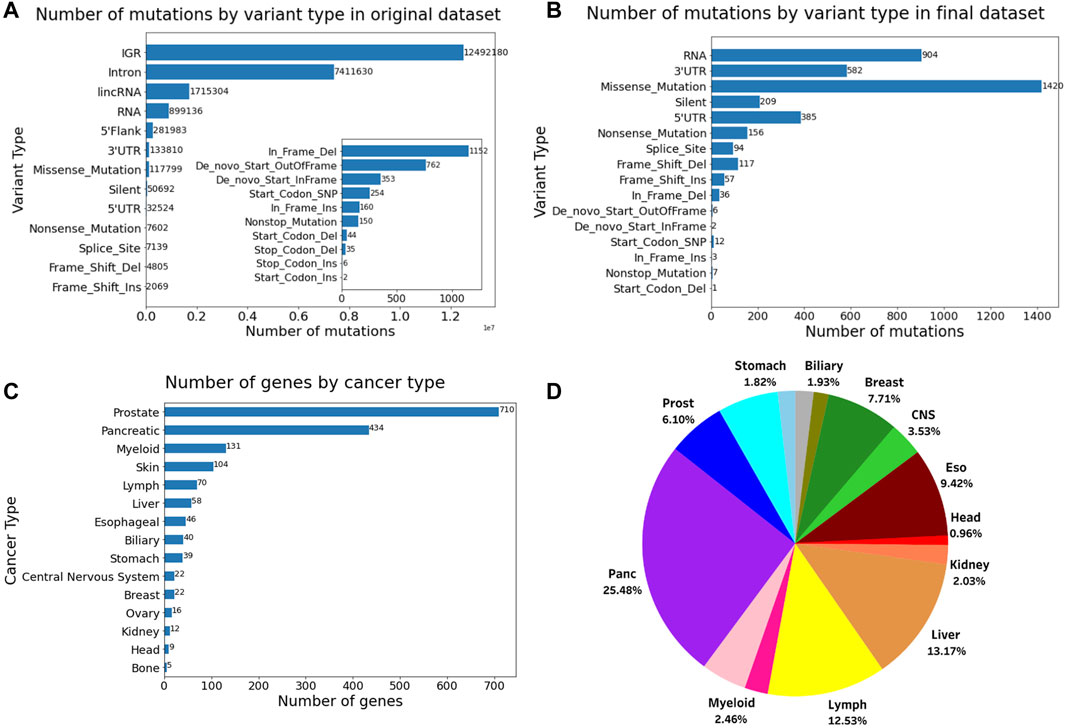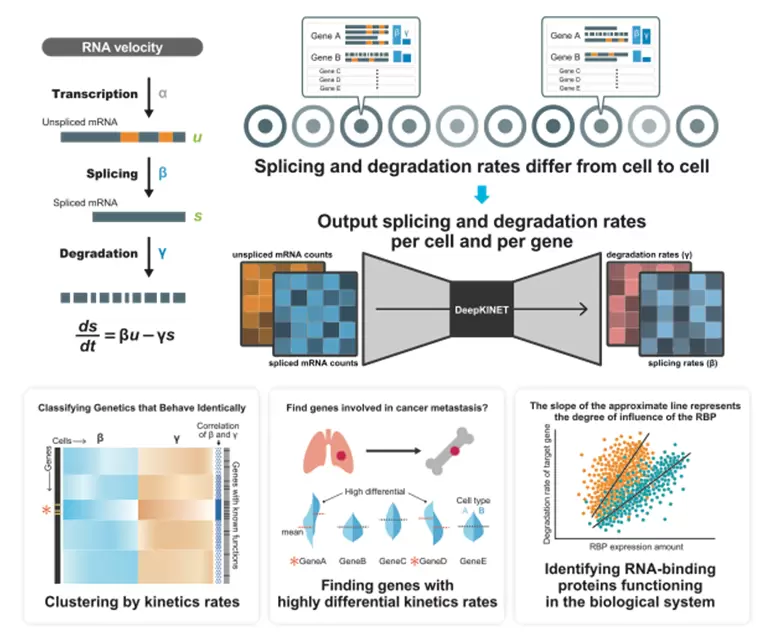2024-09-11 ワシントン州立大学(WSU)
<関連情報>
- https://news.wsu.edu/press-release/2024/09/11/researchers-improve-search-for-cancer-drivers/
- https://www.frontiersin.org/journals/bioinformatics/articles/10.3389/fbinf.2024.1365200/full
ヒト癌におけるドライバー遺伝子のネットワーク解析
Network analysis of driver genes in human cancers
Shruti S. Patil,Steven A. Roberts,Assefaw H. Gebremedhin
Frontiers in Bioinformatics Published:08 July 2024
DOI:https://doi.org/10.3389/fbinf.2024.1365200

Cancer is a heterogeneous disease that results from genetic alteration of cell cycle and proliferation controls. Identifying mutations that drive cancer, understanding cancer type specificities, and delineating how driver mutations interact with each other to establish disease is vital for identifying therapeutic vulnerabilities. Such cancer specific patterns and gene co-occurrences can be identified by studying tumor genome sequences, and networks have proven effective in uncovering relationships between sequences. We present two network-based approaches to identify driver gene patterns among tumor samples. The first approach relies on analysis using the Directed Weighted All Nearest Neighbors (DiWANN) model, which is a variant of sequence similarity network, and the second approach uses bipartite network analysis. A data reduction framework was implemented to extract the minimal relevant information for the sequence similarity network analysis, where a transformed reference sequence is generated for constructing the driver gene network. This data reduction process combined with the efficiency of the DiWANN network model, greatly lowered the computational cost (in terms of execution time and memory usage) of generating the networks enabling us to work at a much larger scale than previously possible. The DiWANN network helped us identify cancer types in which samples were more closely connected to each other suggesting they are less heterogeneous and potentially susceptible to a common drug. The bipartite network analysis provided insight into gene associations and co-occurrences. We identified genes that were broadly mutated in multiple cancer types and mutations exclusive to only a few. Additionally, weighted one-mode gene projections of the bipartite networks revealed a pattern of occurrence of driver genes in different cancers. Our study demonstrates that network-based approaches can be an effective tool in cancer genomics. The analysis identifies co-occurring and exclusive driver genes and mutations for specific cancer types, providing a better understanding of the driver genes that lead to tumor initiation and evolution.


